Google Android Cheat Sheet for Normal Humans
This is a guide for my mom and everyone else who might be confused by Google's mobile phone jargon.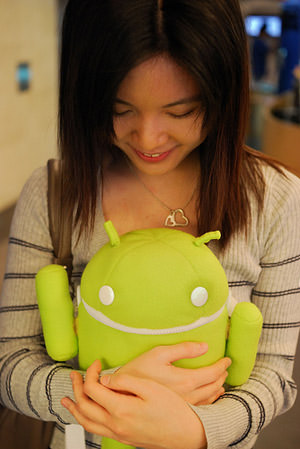
Google has been pretty flexible with its mobile strategy, and while that has made for a wide variety of partners and products, it has left my mom pretty confused. So let’s straighten some things out for her, and maybe for you too: The Droid X is not the Droid, it’s a Droid, but the Evo 4G is not. They are all, however, “Google phones” but not the Google Phone. We’ll get to desserts in a second.
First of all, when we’re talking about Android phones (including each and every kind of Droid), we’re talking about an operating system that is made by Google. In the same way that Microsoft makes Windows for computers, Google makes Android for phones. Any of these phones, therefore, can be considered an Android or a Google phone. Android runs on other kinds of devices, such as tablets, TVs and media players, but let’s focus just on phones for now.
The biggest source of confusion in all this has been a terribly effective branding campaign orchestrated by Verizon. Verizon calls all of its Android phones “Droids.” There’s the original Droid, the Droid Eris, the Droid Incredible, the Droid X and now the Droid 2. Verizon’s campaign has been so effective that many people call any Android phone “Droid” even when this is technically untrue.
These phones are made by various companies, but they all run some version of Google’s Android operating system. Droid is Verizon’s brand name, but it doesn’t mean anything other than “Android phone on Verizon.” So, the Evo 4G on Sprint runs the exact same operating system as the Droid Incredible on Verizon, with the exact same flourishes, but one is a Droid and the other is not. Who cares?
Google loves desserts, don’t let it throw you. Every version of Android that comes out has a sweets-inspired code name. These are given in alphabetical order. Android 1.5 was Cupcake, Android 1.6 was Donut, and 2.0 and 2.1 were Eclair. The latest version, Froyo (Frozen Yogurt) is 2.2. If you are buying an Android phone, you want to make sure either that it runs Froyo or an update to Froyo is imminent. Google releases new versions of the OS with great frequency, and updates by the manufacturer and carrier are not guaranteed. The names are cute, but they will only help you as a consumer is if you remember your ABCs: We’re on F (Froyo) and next up is G (Gingerbread).
Google makes the operating system for the Android phones manufactured by a number of companies, but so far Google itself has designed and marketed only one phone, the Nexus One. If there can be only one Google Phone, it’s the Nexus One. However, Google decided the whole project was a mistake and killed the device. So, they are all Google phones, but they are made by different companies. Let’s return to our computer metaphor. Microsoft makes Windows, but HP, Dell and Toshiba make the computers that run it. Google makes Android, but Motorola, HTC and others make the phones that run it.
Here’s where things get even more confusing. Google has allowed the phone manufacturers to add their own “layers” to its operating system. The companies that design the phones think this is a great way to differentiate their wares, but usually it just gets in the way and confuses the consumer. These layers, or “skins,” range from minor adjustments to the look of the user interface to deeply integrated services and features that change the way the phones function.
Each manufacturer has their own branded skin, and Motorola has several. HTC’s is called Sense. Motorola has Blur and variations of Blur. Samsung’s is called TouchWiz. When an Android phone has none of these skins, it’s said to be running “stock” Android.
You can see where this gets mindboggling. The Droid Incredible is a Verizon phone made by HTC that runs Google’s Android 2.2 (Froyo) with Sense. The Droid X is a Verizon phone made by Motorola that runs Google’s Android 2.1 (Eclair) with a variation of Blur.
Let’s try to pare this down to something manageable. All of these phones are Google phones and most will carry Google branding and many of the basic Google services and functionality that made you think about getting an Android phone in the first place. Forget about Droids and desserts. Just remember, you want Android 2.2 aka Froyo. It’s becoming almost impossible to find a phone with stock Android. Rather than worrying about the names of the manufacturers’ skins, just remember that each company is likely to use the same skin on its phones, regardless of who the carrier is or what the device is called. Motorola’s blue/green Blur is generally disliked, but its stripped-down version, which runs on the Droid X and Droid 2, is fine. People are mixed on Samsung’s TouchWiz, but it’s basically just a slightly more iPhone version of Android. Sense generally gets the highest marks in reviews.
The best rule of thumb is to find the phone with the best features. All of these devices sell for around $200. Don’t get suckered into a crappier, $100 phone when you’re going to be paying 10 times that for a year of service. Newer phones will have better cameras, more RAM, more storage, faster processors and better screens. The same is true of Android. Newer versions of the OS add lots of features. You may not need all of these features, but why shouldn’t you have them for the same price? In the smart phone arms race, more usually means better, and you deserve better. Specs and skins aside, if you like a device and it suits your needs, why should you care what it’s called?
Your support matters…Independent journalism is under threat and overshadowed by heavily funded mainstream media.
You can help level the playing field. Become a member.
Your tax-deductible contribution keeps us digging beneath the headlines to give you thought-provoking, investigative reporting and analysis that unearths what's really happening- without compromise.
Give today to support our courageous, independent journalists.


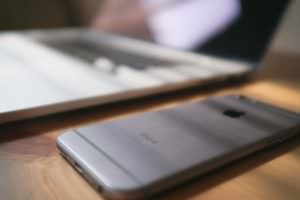
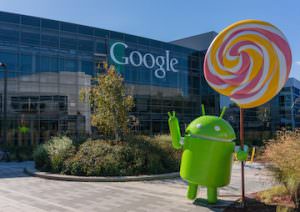
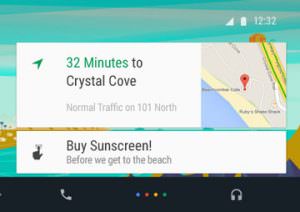
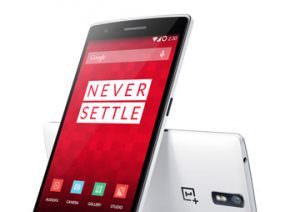


You need to be a supporter to comment.
There are currently no responses to this article.
Be the first to respond.